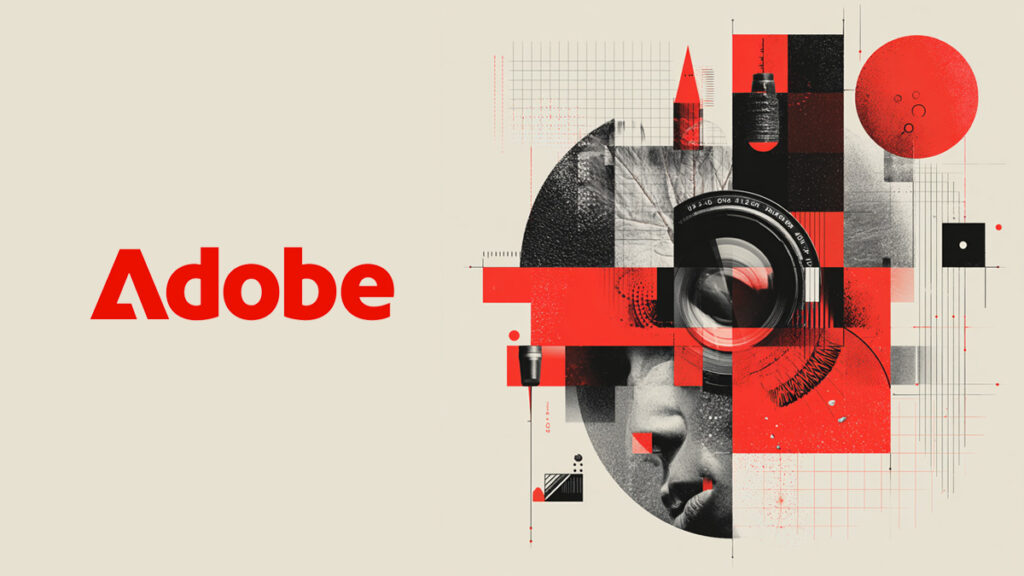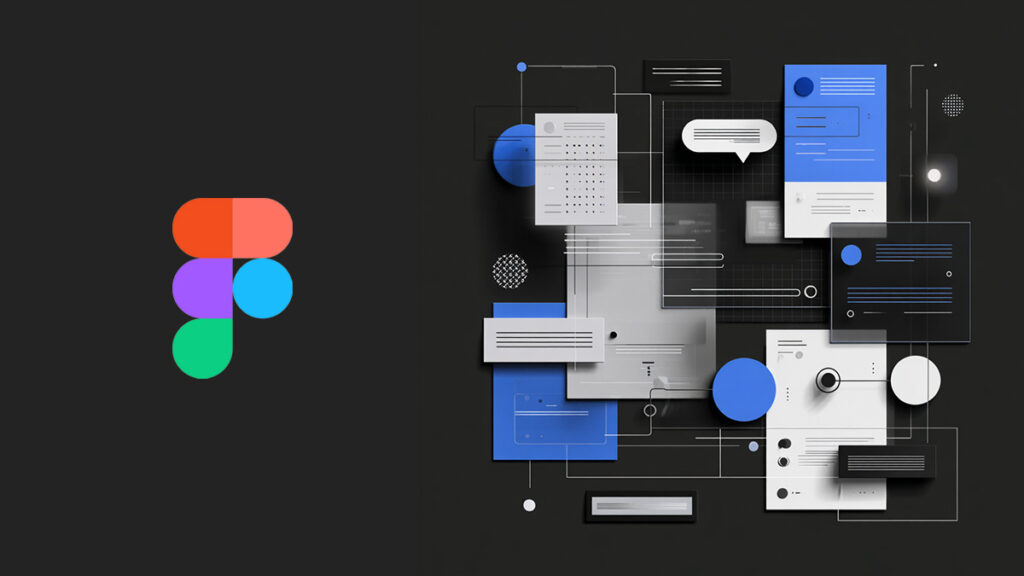Master both design strains to build better products
UI and UX aren’t interchangeable jargon—they’re distinct but deeply intertwined parts of design. UX shapes how users flow through an experience, while UI defines how they see it. Nailing both means smoother, more delightful products that actually work.
The direct breakdown
UX design focuses on structure, interactions, and problem-solving; UI design hones in on visuals, aesthetics, and emotional impact. Great digital experiences need both in harmony.
What is UX design?
UX (user experience) design centers on user goals, flows, and usability. It defines how a product should behave—mapping pathways, conducting user research, optimizing mental models, and ensuring each interaction makes sense and feels intuitive.
What is UI design?
UI (user interface) design shapes the visual layer—colors, typography, layout, icons, and interactive states. It brings personality, clarity, and visual cohesion to the digital interface, turning a usable product into a polished brand experience.
The key differences at a glance
- Focus: UX = function, flow, information architecture; UI = look, feel, interaction details.
- Process: UX uses wireframes, user testing, and journey maps; UI uses mockups, style guides, and visual assets.
- Measure of success: UX = task success, conversion, engagement; UI = subjective delight, brand perception, visual consistency.
Why you need both
- UX without UI: functional but forgettable—users might use it, but not enjoy it.
- UI without UX: beautiful, but confusing—users may bounce off due to poor flow.
- Doing them together: balanced products that feel intuitive, look great, and align with brand values.
How UI and UX work together
- UX maps structure and flow through research and wireframes.
- UI adds visual system and polish—color, type, spacing.
- UX tests flow with prototypes; UI refines visuals based on user feedback.
- The cycle repeats as UI changes may impact UX flow, and vice versa.
Tools That Can Help
- Figma – Combine wireframing, prototyping, UI design, and collaborative feedback in one platform.
- Sketch – Popular for visual design and UI asset creation, with plugins for UX handoff.
- InVision – Build interactive prototypes to test flows before visual polish.
- Hotjar – Heatmaps and session recordings to validate UX assumptions and UI effectiveness.
Pro Tip: Start broad, then layer in polish
Begin with UX thinking—map flows, test interactions—before diving into colors, type, and style. A visually stunning UI won’t fix a confusing UX foundation.
FAQs
Can one person do both UI and UX?
Yes—many designers are “full‑stack” UX/UI practitioners. But it’s crucial to allocate time for research and testing (UX) as well as visual refinement (UI).
Which comes first in a project: UI or UX?
Always start with UX. Define user needs, flows, and wireframes first—then layer on UI elements like colors, typography, and states.
How do I measure success in UI and UX?
UX success shows in task completion rates, reduced friction, engagement, and conversions. UI success is reflected in visual consistency, brand perception, and emotional connection with users.
Glossary
- UX design – The process of planning and structuring a user’s journey, focusing on flow, usability, and problem-solving to meet user goals effectively.
- UI design – The art of crafting visual interfaces, including layout, color, typography, and interactive states that users see and interact with.
- Wireframe – A low-fidelity visual guide that outlines page structure and functionality without focusing on visual design.
- Prototype – An interactive simulation of a product used to test user flows and gather feedback before full development.
- Interaction design – The design discipline focused on defining how users interact with a system’s elements through behavior, feedback, and transitions.


